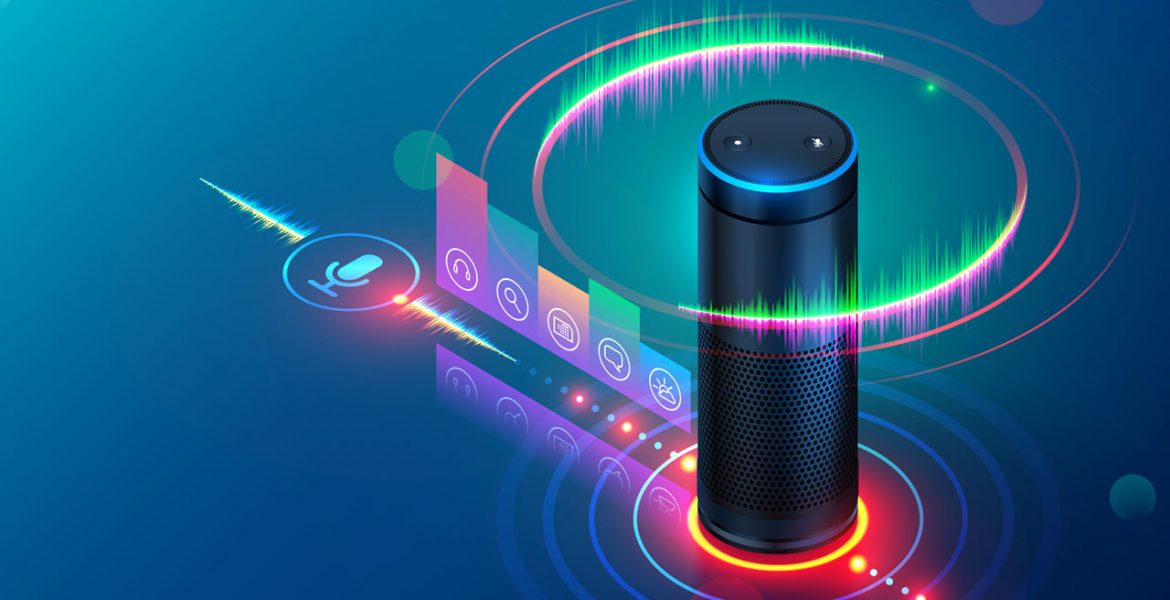Smart assistants are rapidly evolving into a channel marketers can’t afford to ignore. Applications have progressed from the early days of high error rates and narrow artificial intelligence (AI), and now offer consumers advanced functionality. From in-car navigation to John Legend’s dulcet tones, these attributes are making smart assistants a common necessity, with 100 million smart speakers in use globally.
But leveraging voice AI isn’t as easy as it might seem. Although audio-based, the technology is a world away from radio; even digital broadcast doesn’t allow listeners to adjust live playlists and run searches. Voice tools present unchartered territory marketers need to navigate with care in order to ensure that advertising forms a seamless, engaging part of the audio experience.
Key to doing so is defining how ads must change to fit new forms of interaction; focusing in particular on three core areas:
1. Reaching an audience of one
Smart assistants provide an intimate setting for communications, where messages are heard one at a time. For marketers, this creates an opportunity to connect with target audiences without having to compete with rival brands — a welcome change from the web. But it also increases pressure on ads. Unlike radio, consumers don’t have to keep listening to hear the rest of a programme, so ads must be instantly relevant, engaging, and un-obtrusive.
Achieving this balance requires precise personalisation. In the future, this is likely to include dynamic targeting that uses in-depth behavioural analysis — collating data from searches, product queries, and past purchases — to develop granular audience segments and serve tailored ads that meet real-time needs. With 27% of consumers using search via mobile and 58% calling on voice to look for local businesses, it’s only a matter of time before custom contextual ads are linked with voice services and ‘near me’ voice functions to enhance value.
At present, however, neither Amazon nor Google currently offer paid ads, which makes SEO mastery the best initial option. By assessing the detailed questions individuals ask, marketers can identify keywords that will send them to the top of search results and consumer minds.
2. Adjusting discovery approaches
While consumers have long called the shots in marketing interactions, voice-activated tech has given them even more control. Not only can they turn the lights off and play content on command, but they can also demand specific information; be that the weather or best Black Friday deals. As a result, marketers need to be smarter about discovery strategy.
By investing in activities that enable discovery but don’t sell products directly, marketers can deliver genuinely valuable experiences that help to strengthen consumer relationships, trust, and improve brand awareness. See, for instance, Unilever’s ‘Best Recipes’ app that operates under the Hellman’s brand and can be used to find culinary inspiration via Amazon’s Alexa, and Estée Lauder’s beauty collaboration with Google Home.
3. Expanding the multi-channel mix
The increasingly integral role intelligent voice tools play in consumer life means they are set to become a crucial marketing touchpoint. In the UK alone, over 40% of consumers already depend on home devices for multiple tasks, from playing music to finding information and providing amusement; followed by more than 34% of mobile users. As prevalence grows, it will be vital for marketers to integrate smart assistants with multi-channel campaigns.
In addition to drawing on data about engagement with online and offline media — such as desktop browsing, mobile buys, and store visits — to ensure audio ads match individual requirements and current position in the path to purchase, accurate attribution will be key. Only by including AI assistants in wider performance measurement will marketers gain the clear view of overall contribution needed to continually optimise ads, and conversions.
For now, advertising’s usage of voice-activated tech remains nascent. But growing recognition of its potential — and early signs of positive results in the U.S. — are leading more marketers to sit up and take notice. As direct and soon-to-be ubiquitous portals into homes and everyday activities, smart assistants offer a valuable new piece in the advertising puzzle. To take advantage of this new touchpoint marketers must integrate them into their multi-channel strategy, ensuring they create personalised experiences that add value to the consumer.

